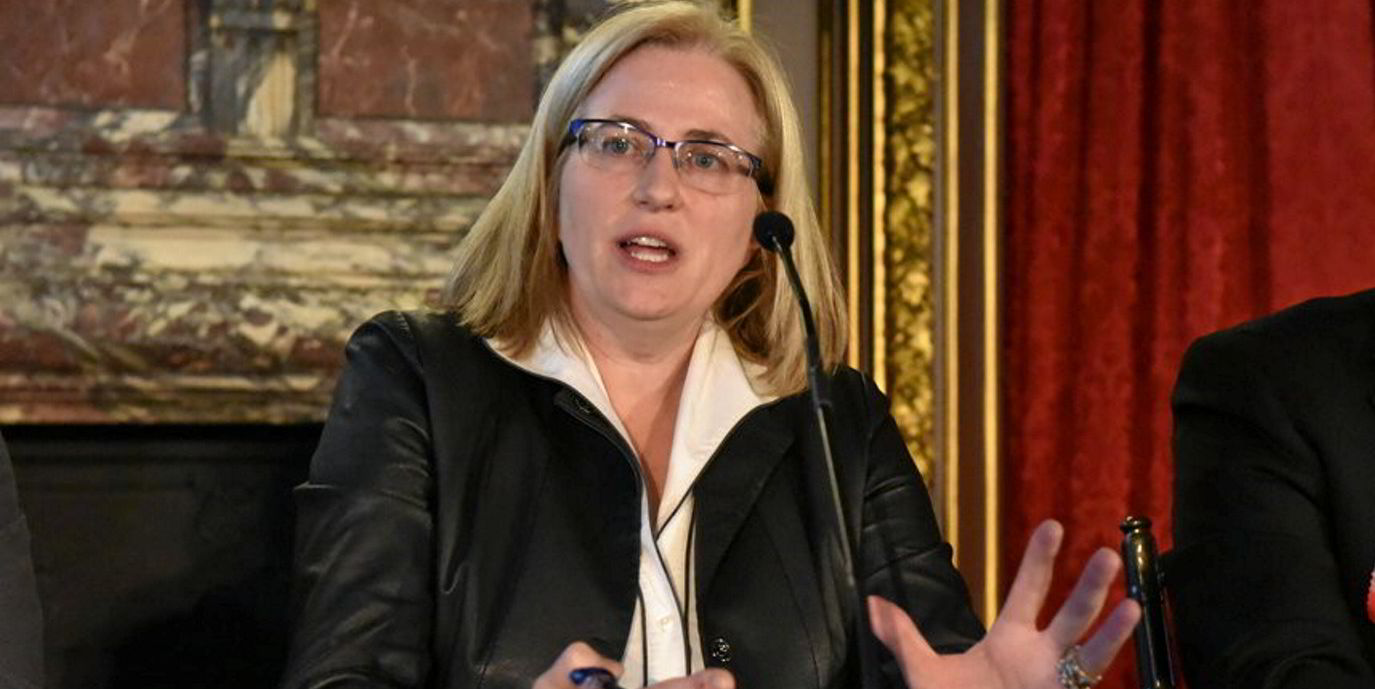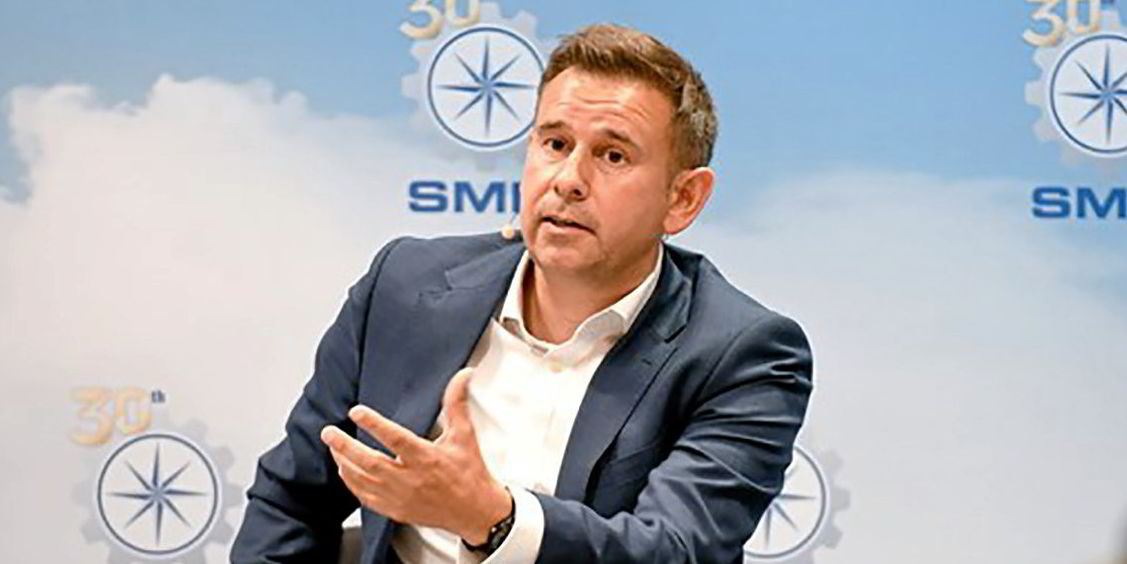New York-listed International Seaways provides the best value for investors of all the major tanker owners, according to Clarksons Securities.
The Norwegian investment bank said now is the time to increase exposure to the crude and product carrier player against a background of strong market fundamentals.
The positive read on the US company came after analysts met with management of the Lois Zabrocky-led group.
“One key takeaway is that their current payout ratio, which is traditionally calculated as roughly 50% of net profit, is approximately 60% when measured using their preferred metric, free cash flows,” analysts Frode Morkedal and Even Kolsgaard said.
Given Seaways’ strong balance sheet and the recent increase in freight rates, they believe the company is well-positioned to pay out a special dividend in excess of 50% of net profit in the near future, they added.
The company has a relatively low share price to net asset value ratio compared to its peers, Clarksons Securities argues.
This is 75% of NAV, against an average of 100% more widely in the tanker sector.
“Tanker stocks have seen significant gains in the last 18 months. This has led some investors to express reservations about entering a sector where stock prices have already risen substantially,” Morkedal and Kolsgaard said.
But they counter that a market reversal is unlikely in the near term, with the VLCC orderbook accounting for less than 2% of the existing fleet.
And Opec has “ample capacity” to increase oil production next year if oil prices continue to rise, the analysts argue.
They called the owner “the most affordable” of the major tanker owners and said: “International Seaways emerges as a compelling choice for value investors. Given the ongoing upward trend in freight rates, we believe now is a good time to increase exposure to the name.”
A different offering
Seaways’ combination of crude and product tanker exposure distinguishes it from competitors, Clarksons Securities believes.
The company’s dividend policy does not follow a strict formula, but there is a consensus of an informal target of 50% of net profit.
Bosses told the investment bank that free cash flow is more important than net profit when determining the dividend payments.
Free cash flow is typically lower than its net profit because debt repayments exceed depreciation.
The owner has generated $658m in net profit and $522m in free cash flow over the last four quarters.
Seaways has paid out $302m in cash dividends and bought back $14m in stock over the same period.
This equates to a payout ratio of 48% when measured against net profit and 61% when measured against free cash flow.





